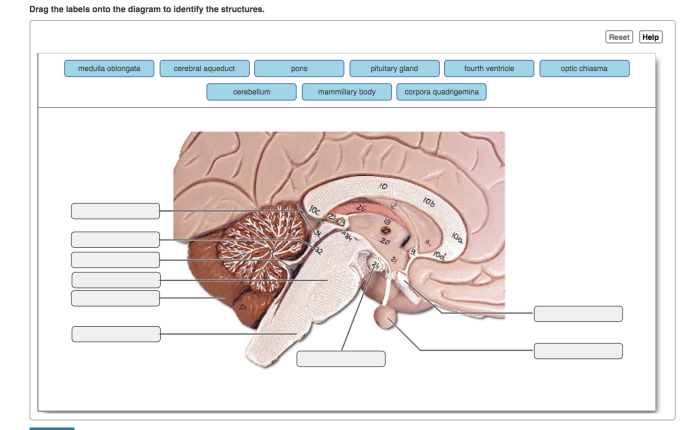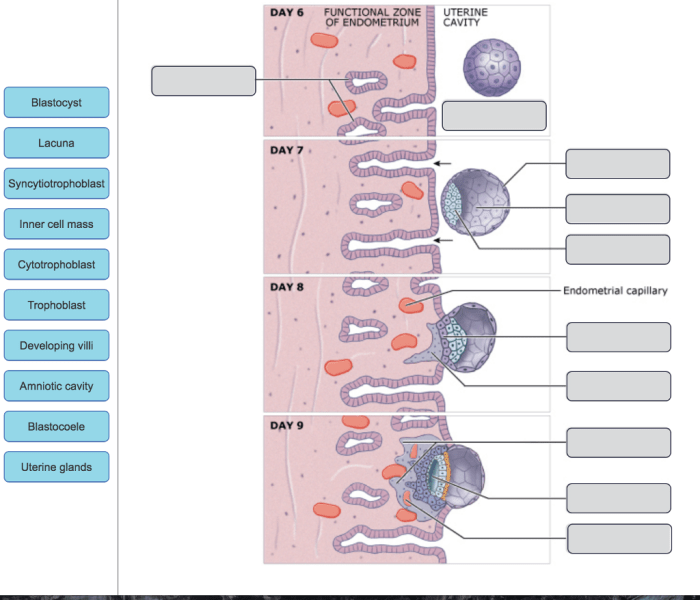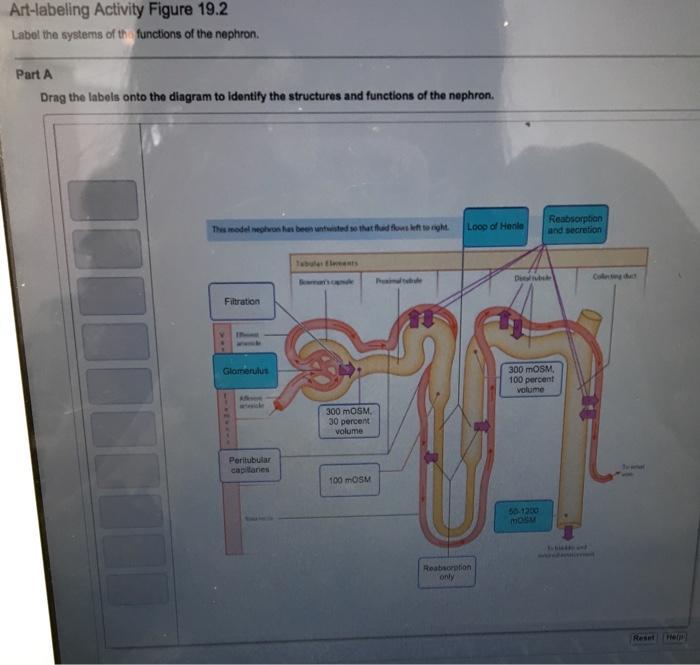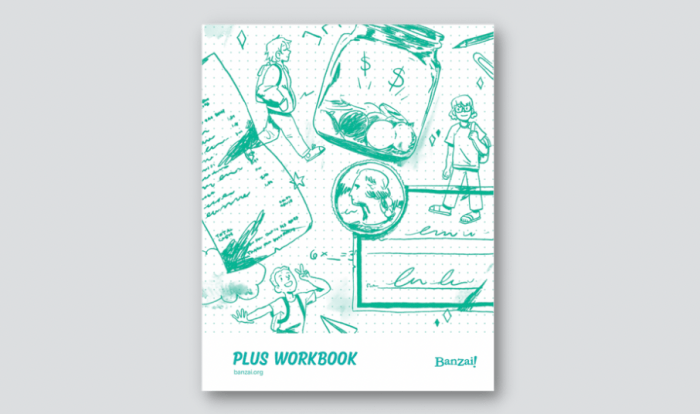Drag the labels onto the diagram to identify the structures, an engaging and interactive method for understanding complex diagrams. This technique empowers users to actively participate in the learning process, enhancing their comprehension and retention of the subject matter.
The drag-and-drop interface provides a user-friendly platform for learners to engage with the diagram, fostering a deeper understanding of the relationships between its components. By correctly placing the labels, learners reinforce their knowledge of the diagram’s elements and their functions.
Diagram Elements and Labels: Drag The Labels Onto The Diagram To Identify The Structures

The diagram consists of several elements, each serving a specific purpose:
- Shapes:Represent different structures or objects in the diagram.
- Connectors:Lines or arrows that connect shapes, indicating relationships or flow of information.
- Labels:Textual annotations that provide additional information about the shapes or connectors.
- Legend:A section of the diagram that explains the meaning of the labels and symbols used.
Drag-and-Drop Instructions, Drag the labels onto the diagram to identify the structures
To identify structures using the drag-and-drop method, follow these steps:
- Select a label from the legend.
- Drag the label and drop it onto the corresponding shape in the diagram.
- Repeat steps 1 and 2 for all labels.
- Once all labels are placed, check the accuracy of the identified structures.
Identifying Structures
Structures in the diagram represent real-world entities or concepts. They can be:
- Physical structures:Buildings, bridges, or machines.
- Conceptual structures:Processes, systems, or organizations.
- Abstract structures:Ideas, theories, or mathematical models.
Accurately identifying structures is crucial for understanding the purpose and functionality of the diagram.
Accuracy and Verification
To ensure accuracy, follow these guidelines:
- Check that each label is placed on the correct shape.
- Verify that the identified structures align with the context and purpose of the diagram.
- Consult with experts or refer to documentation to confirm the accuracy of the identified structures.
Benefits and Applications
The drag-and-drop method offers several benefits:
- Efficiency:Simplifies the process of identifying structures.
- Accuracy:Reduces errors by providing visual feedback.
- Collaboration:Allows multiple users to contribute to the identification process.
This technique is widely used in:
- Engineering:Identifying components of complex systems.
- Software development:Visualizing and understanding software architectures.
- Education:Facilitating learning by providing interactive diagrams.
Common Queries
What are the benefits of using drag the labels onto the diagram to identify the structures?
Drag the labels onto the diagram to identify the structures offers several benefits, including enhanced diagram comprehension, improved retention, active learning, and a deeper understanding of the subject matter.
How can I ensure the accuracy of my label placement?
To ensure accuracy, carefully read the instructions and guidelines provided for label placement. Verify the correctness of your answers by checking and rechecking your results against the provided answer key or instructor feedback.
What types of diagrams can I use this technique with?
Drag the labels onto the diagram to identify the structures can be used with a wide variety of diagrams, including anatomical diagrams, flowcharts, schematics, and mind maps.





